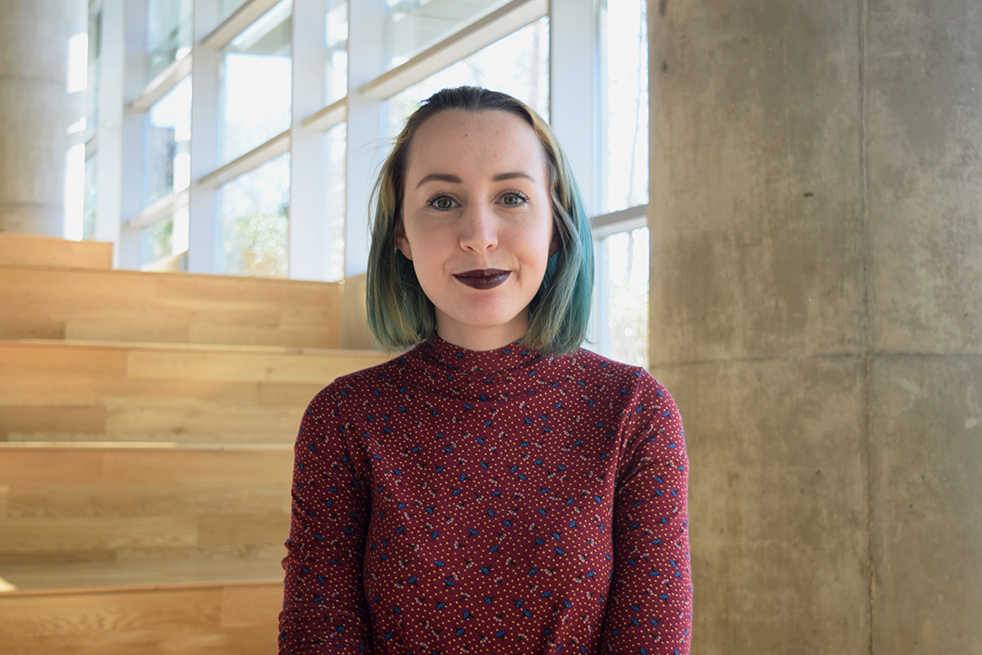Begun in 1965 with the Metropolitan Atlanta Rapid Transit Authority Act and approved by a referendum on the sales tax that funded it in 1971, from its first days MARTA strived to be transit for all. Prices of bus fares dropped substantially, and the West-East line was built before the North-South line, signifying that the system was not just for Buckhead to get to the airport but for serving the greater city of Atlanta.
Over the past decades, MARTA has faced a variety of challenges that have kept it from being proportional to Atlanta’s size, such as suburban counties’ repeated resistance to expansion.
However, our public transport is still better than people give it credit for, and with support it can grow to be what our car-centric city needs.
A common complaint is that MARTA only goes to the airport, but those who make this claim clearly have not explored the many destinations, from shopping to institutions to stadiums, that are along the train lines.
Recently, more transit oriented developments have occurred, such as the planned housing and retail at King Memorial or the existing Five Points’ Station Soccer.
Next, critics will inevitably say that MARTA only goes in the four cardinal directions. While this is simply not true due to the north and northeast split of the red line to North Springs and the gold line to Doraville, those who complain about MARTA’s limited reach overlook buses.
While buses can be a bit intimidating to use the first time one ventures to try, a few tips make it painless: tap your card after entering the front of the bus; if you use cash, have exact change; pull the cord to request a stop; and press the doors with your palms to exit.
For further last mile connectivity, bring a bike on the trains or on the buses, which have racks on the front, or rent a Relay bike from the many station-adjacent terminals.
I admit that MARTA is not as extensive or efficient as it should be, but its shortcomings do not disqualify it from being an enjoyable experience. With a little patience and planning, riding MARTA can be both individually rewarding and communally beneficial as well, as we move toward a greener, more equitable city.
Personally, I savor that coffee shop feeling of being surrounded by people but not having to talk to them. Whether with sleepy commuters on the train at 7 a.m. or with a bunch of tired folks escaping the rain on the bus at 10 p.m., there is some sense of solidarity and community in
mass transit.
Getting outside of the Tech bubble via public transportation is a healthy reminder of the “real world” and makes you face Atlanta’s continuing problems, like staggeringly high income inequality and
gentrification.
Pragmatically, MARTA riders can do something productive or relaxing instead of experiencing the stress of Atlanta’s infamous traffic or fighting for a pricey parking spot. Especially for some of the larger events out there, like Atlanta United games and Music Midtown, the ease and practicality of taking a train renders cars obsolete. Maintaining special event level ridership on average days would transform the system positively.
Sooner or later, the already-enormous amount of cars on the road in Atlanta will most probably reach an all-too critical breaking point. As we face a future where a greater and greater amount of people move to our city, the people of Atlanta have a choice to make. Instead of bemoaning MARTA’s flaws, we need to take ownership of it. The public simply needs to believe in public transportation and then, crucially, act on that belief.
While MARTA definitely made some great strides under the leadership of General Manager Keith Parker, his recent departure leaves questions for future leadership. The 2016 referendum on a half-cent sales tax supporting MARTA expansion was encouraging to be sure, but citizens are going to need to continue to engage with improving our own transit.
Through becoming educated about local candidates’ transportation views and voting in November’s elections, volunteering with the MARTA Army to put up bus stop signs all over town or simply by taking the train or bus once a month instead of calling an Uber, we can begin building a MARTA that is truly “smarta” from the ground up.
If you want to truly take the plunge, you can buy a student or faculty monthly pass from the Buzzcard office.
Don’t get me started on the ludicrous decision to build SunTrust Park not near a station. Try the 12 bus to get home!
